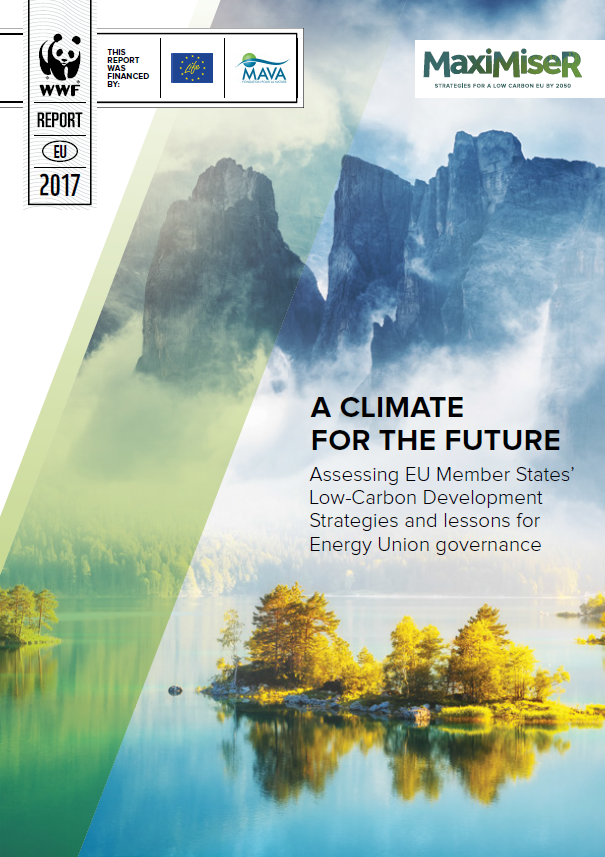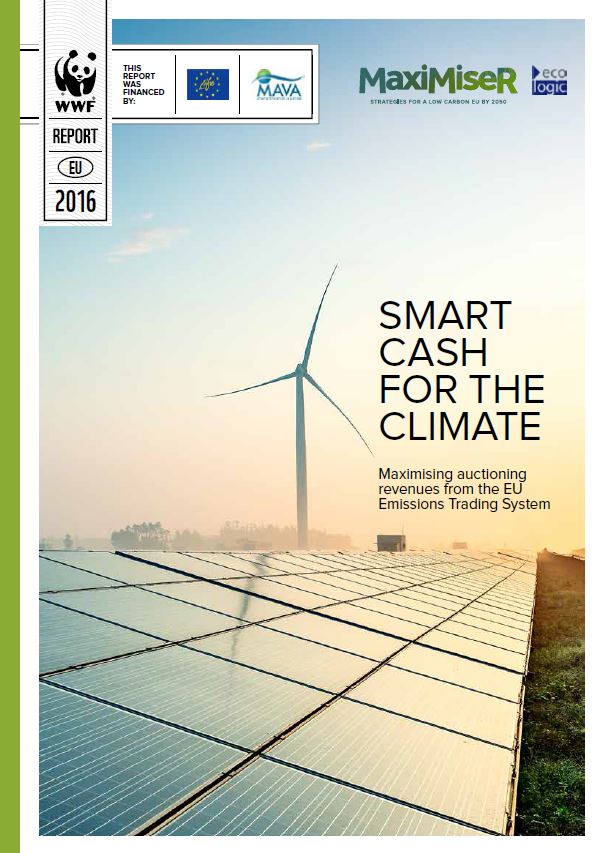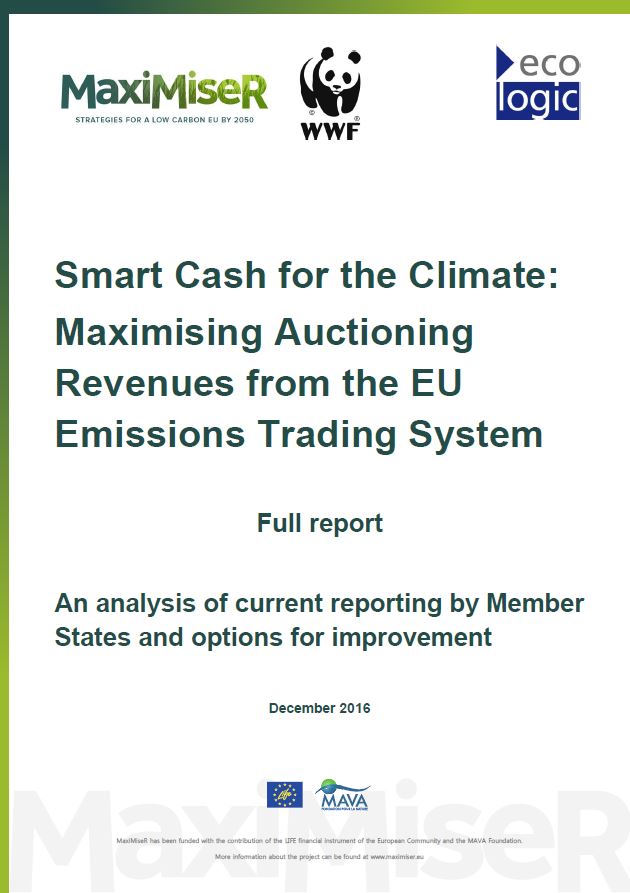At the climate summit in Cancun (2010), industrialized parties to the United Nations Framework Convention on Climate Change (UNFCCC) agreed to develop Low Carbon Development Strategies (LCDS) as a means of realizing the long-term emissions cuts required in the face of climate change. These committments were formally translated into EU law through the Monitoring Mechanism Regulation in 2013, and January 2015 saw the first round of LCDS reporting by all EU Member States. Member States must report on any updates on the LCDS on a biennial basis.
Now, the newly minted Paris Agreement places additional emphasis on the need for long-term mitigation strategies. However, it is clear from the first round of reporting that many Member States are still in the process of developing their LCDS, and that the quality of the LCDS vary significantly. This is partly the result of lacking EU guidance on what information the LCDS should contain.
The purpose of the MaxiMiseR project is to bolster the capacity of EU Member States to deliver meaningful LCDSs by addressing deficiencies in ambition and shedding light on the lack of clarity and guidance provided for the reporting process. The project is delivered by the WWF European Policy Office (EPO) and is funded by the EU LIFE Programme and MAVA Foundations.
Ecologic Institute was tasked by WWF EPO
- to develop a reliable, indicator-based tool to assess each Member State's LCDS both qualitatively and quantitatively;
- and to create a questionnaire aimed at investigating Member States' support for EU climate policy as well as their perceptions and experiences with LCDS as a tool for climate mitigation. The questionnaire also asks about the use of ETS auctioning revenues as a financing means for long-term climate measures (such as those stipulated by a LCDS).
Additionally, Ecologic Institute supports the tool consultation process, which involves a thorough outside review of the tool design and concept by an Expert Reference Group (ERG) composed of key stakeholders.
Upon completion, the tool provides a score on the status and quality of all 28 LCDSs based on how the reported strategy performs on forty-four indicators. The indicators probe for various desirable characteristics, such as inter alia a long time horizon, robust emission reduction goals, stakeholder engagement during the development stage and a sound analytical basis. The tool also highlights best practices such as the explicit inclusion of adaptation measures or the use of a carbon budget approach.
Both the questionnaire and tool will be implemented by WWF EPO for the first and subsequent rounds of reporting in order to track how Member States progress in fulfilling their committments under the MMR.






